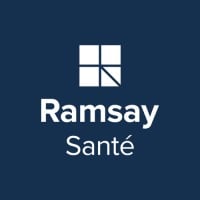
Johns Hopkins Medicine
Johns Hopkins Medicine is a governing structure for the University’s School of Medicine and the health system, coordinating their research, teaching, patient care, and related enterprises. The Johns Hopkins Hospital opened in 1889, followed four years later by the university’s School of Medicine, revolutionizing medical practice, teaching, and research in the United States. The hospital is now part of the Johns Hopkins Health System, which includes two other acute-care hospitals and additional integrated health-care delivery components, with a network of primary and specialty care practices throughout Maryland, outpatient care, long-term care, and home care. The Johns Hopkins University opened in 1876 as America’s first research university, founded for the express purpose of expanding knowledge and putting that knowledge to work for the good of humanity. Two Interconnected Institutions: Over the years, the University and Hospital have grown, and—sometimes jointly, sometimes separately—they have created affiliated organizations. The Johns Hopkins Institutions is a collective name for the University and the Johns Hopkins Health System. The Johns Hopkins University includes nine academic and research divisions, and numerous centers, institutes, and affiliated entities. Johns Hopkins Medicine is a governing structure for the University’s School of Medicine and the health system, coordinating their research, teaching, patient care, and related enterprises.






